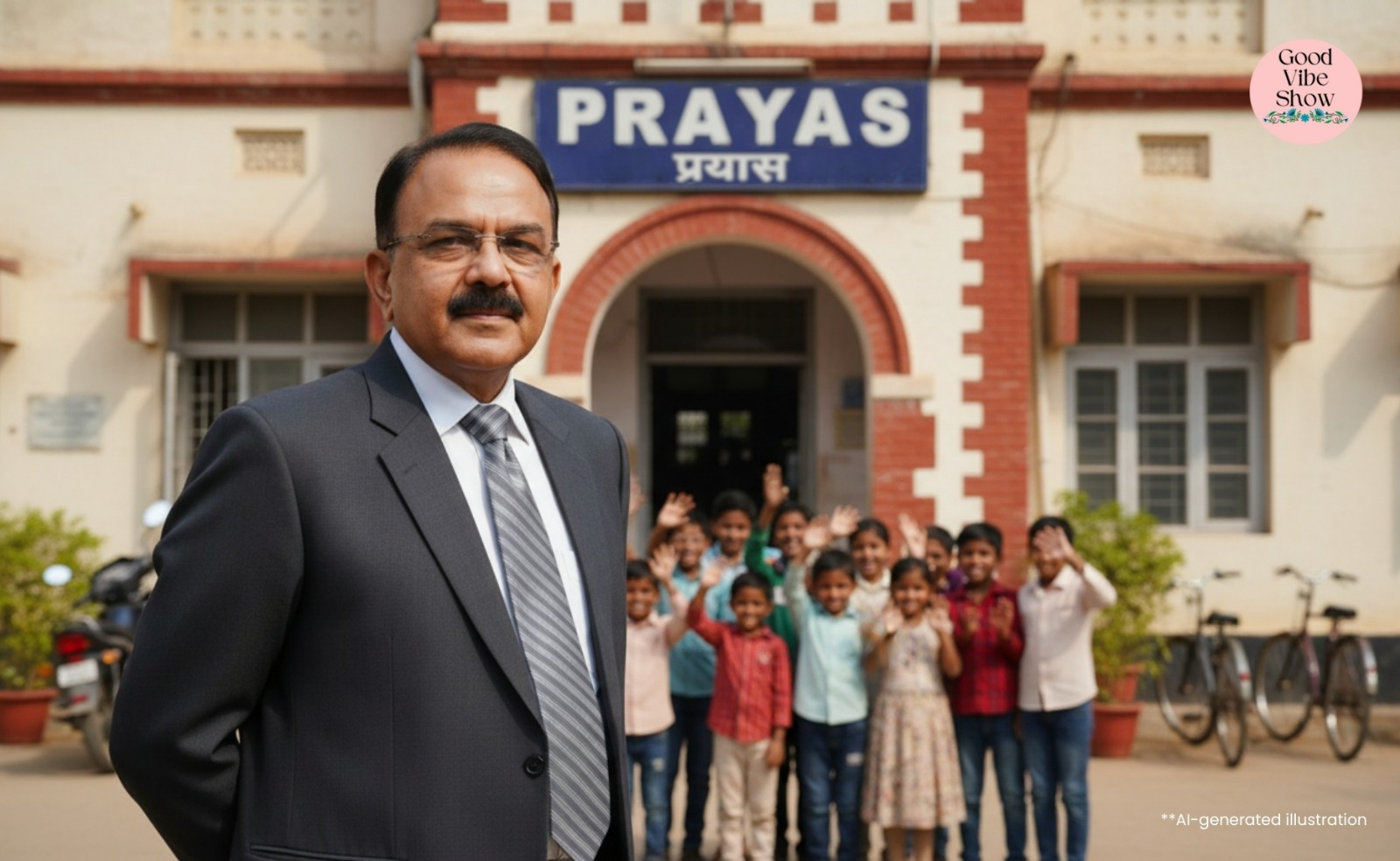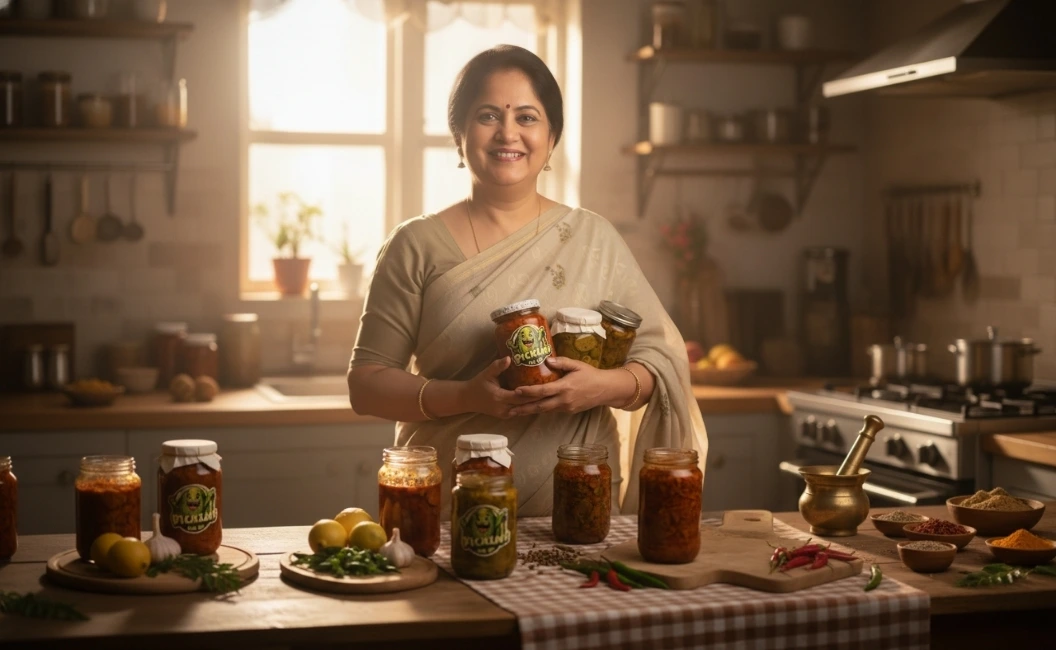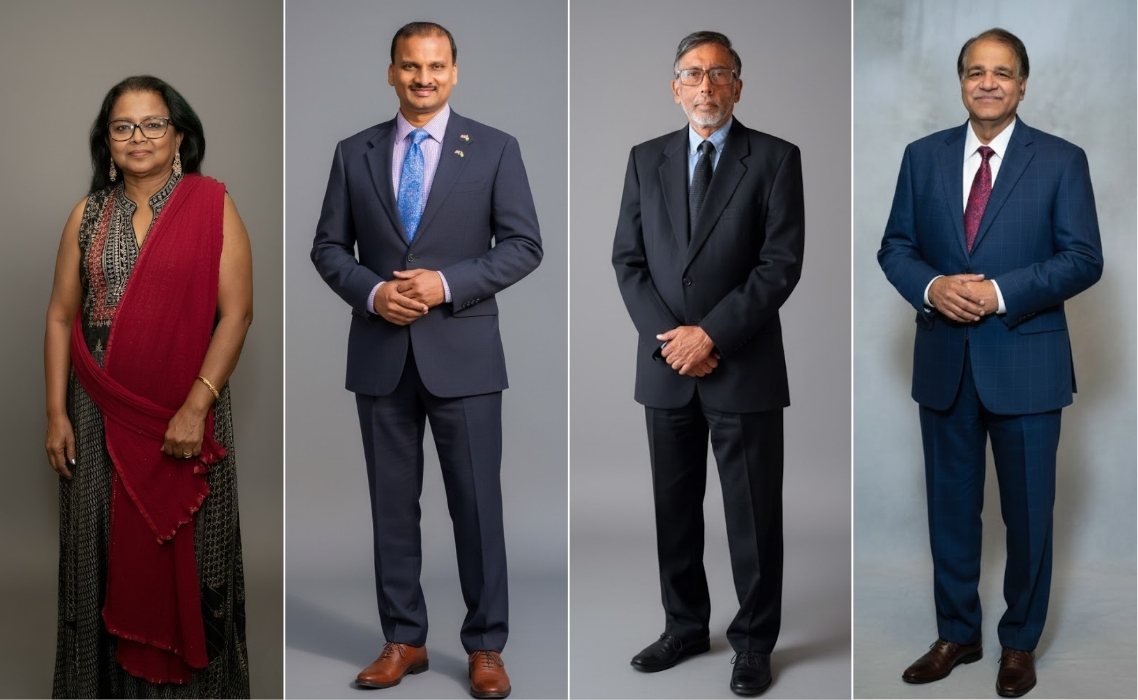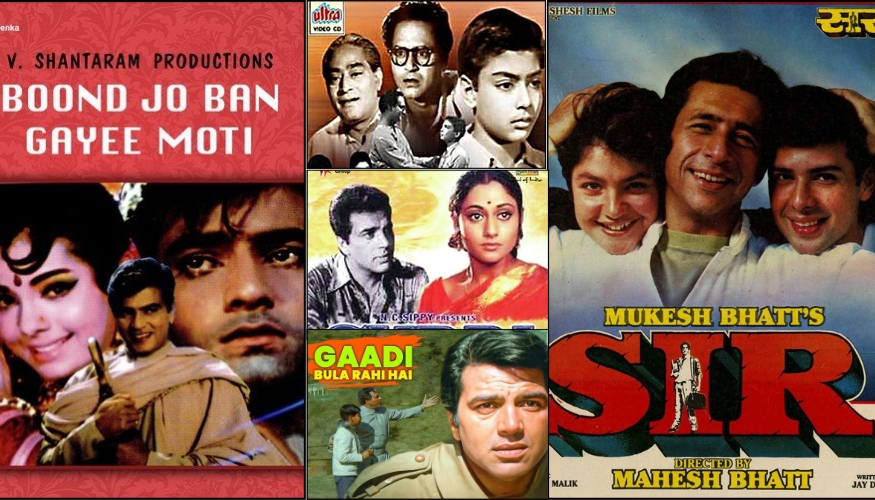|
Getting your Trinity Audio player ready...
|
Parenting looks deceptively simple from the outside. As a spectator, everyone is quick to conclude whether a parent is ‘right’ or ‘wrong’ in certain aspects of raising children, but parenting isn’t that easy. Every parent—whether in New York or New Delhi—wants the same big picture: for their child to be happy, safe, and successful. But the way parents go about achieving that dream varies enormously depending on culture, traditions, and even day-to-day lifestyle. The core intention at any time though is always the same – wellbeing of their children.
Two parenting philosophies that are often discussed and compared are Western and Indian styles. On the surface, they seem worlds apart: one appears more individualistic, the other more family-oriented. But when you peel back the layers, both are built on deep love, care, and the desire to prepare children for the real world. Let’s dive into how they differ, how they shape children psychologically, and what makes each style unique in its own right.
The Western Approach: Independence as a Life Skill

If you spend time in Western societies, one of the first things you’ll notice is how early children are encouraged to be independent. Toddlers are taught to sleep in their own rooms, teenagers often get part-time jobs, and by the time they’re 18, moving out of the family home is considered almost a rite of passage.
The Western style sees independence not as a lack of love, but as a sign of trust. Parents want their kids to be decision-makers, to have opinions, and to learn through experience. Mistakes aren’t necessarily viewed as failures, but as stepping stones.
This approach usually fosters strong self-esteem, decision-making abilities, and adaptability. Children raised in such settings tend to value personal boundaries, self-expression, and problem-solving. On the flip side, some may feel pressure to “figure things out” on their own too quickly, leading to stress when they face setbacks without the safety net they’d ideally want.
The Indian Approach: Togetherness as Strength
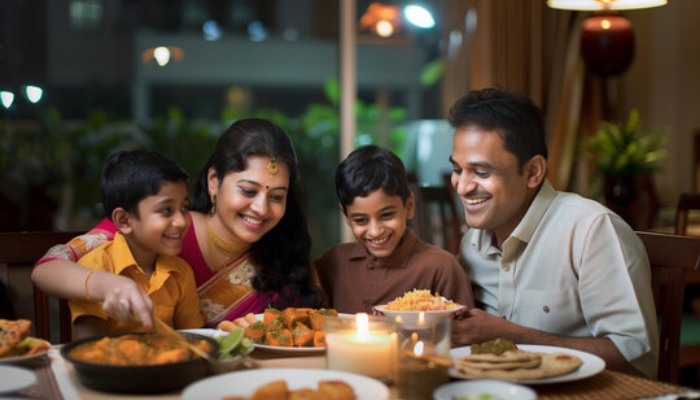
In Indian households, the vibe is completely different. Family is the core of everything, and parenting naturally reflects that. Children are rarely raised as “individual units” but as parts of a tightly knit community—siblings, grandparents, cousins, and even neighbors often play roles in the child’s upbringing.
Obedience, respect for elders, and academic achievement are given high priority. Many Indian parents are deeply involved in their child’s life choices—what subjects they pick in school, which extracurriculars they join, sometimes even which career path they eventually follow. This doesn’t stem from control as much as it does from a sense of shared responsibility: if the family sacrifices so much for the child’s future, then guiding that path feels natural.
This environment gives children a strong sense of belonging and security. They grow up valuing relationships, empathy, and community. Knowing that there’s a support system behind them makes them resilient in different ways. At the same time, some kids may struggle with carving out their individuality, especially if their personal desires clash with family expectations.
The Role of Discipline

Discipline is one of the clearest contrasts between the two styles.
Western homes often lean toward democratic or negotiation-based discipline. A teenager breaking curfew might face a conversation about responsibility and trust, with punishments like grounding or loss of privileges.
Indian homes, on the other hand, can lean toward authoritative discipline. Respect for elders is non-negotiable, and consequences may be stricter. Even small children are expected to follow routines and rules laid down by parents without much argument.
And while you have probably chosen which is the ‘correct’ method of disciplining kids while reading the above, the truth is there is no right or wrong here. Kids in the Western society may feel more comfortable challenging authority and speaking their minds, while Indian kids often grow up with a deep-rooted respect for hierarchy and structure. Both mindsets have advantages depending on the situation—questioning rules can drive innovation, while respecting them ensures stability.
Education: A Cultural Priority
The emphasis on education in India is humungous, it is considered sacred in India. Parents often see academic success as the ultimate pathway to a secure future, and the pressure to excel is real. Coaching classes, extra tuitions, and high expectations are common, often creating great pressure on the kids. On the plus side, they develop incredible discipline, focus, and resilience when it comes to studying.
Western parents value education too, but they often balance it with extracurriculars and personal interests. A child who wants to pursue art or sports may get as much encouragement as one excelling in math or science, they may grow up with a broader sense of exploration, creativity, and flexibility in career choices.
Freedom vs Guidance

A Western child might choose their career path at 16, they are given the freedom to choose things earlier in life. An Indian child might have their path gently (or not so gently) steered until adulthood.
The result? Western kids often step into adulthood ready to stand alone but may also at times feel ‘lonely.’ Indian kids step in with an army of family backing them, and so they feel protected but at times, constrained.
Feelings and Family Talk

In the West, “Why?” isn’t disrespectful—it’s expected. Kids are encouraged to express opinions, challenge ideas, and talk about feelings.
In Indian culture, respect often trumps open disagreement. Children may not always feel comfortable voicing dissent, but they develop a strong sense of emotional maturity by learning patience, compromise, and adaptability in group dynamics.
How Mental Health Is Viewed
The concept of mental health is openly discussed and understood in the western world, resulting in more acceptance towards depression, anxiety and other mental health issues. Mental health, similar to physical health, has its share of ups and downs, which is understood by parents in the west, providing a smoother environment to their children for healing.
In India, the intention is the same- to provide an environment of healing, but lack of overall awareness and discussions surrounding mental health in the society often leaves parents alarmed and in distress, resulting in constant attention to the mental health problem, that may make their children irritated.
So Who’s Right?
The truth? Both.
Western parenting teaches independence, individuality, and courage. Indian parenting builds belonging, resilience, and community strength. Neither is perfect, neither is flawed. They’re just different roads leading to the same destination: raising loving, capable humans.
And the best part? In today’s world, the lines are blurring. Indian parents are learning the benefits of open conversations, and Western parents are realizing the value of strong family ties. Maybe the future of parenting is a little bit of both—independence with togetherness, freedom with guidance.
At the end of the day, love doesn’t come with a single parenting manual. It comes in many styles, each beautiful in its own way.
Let us know in the comments below- which parenting style do you connect with more?



